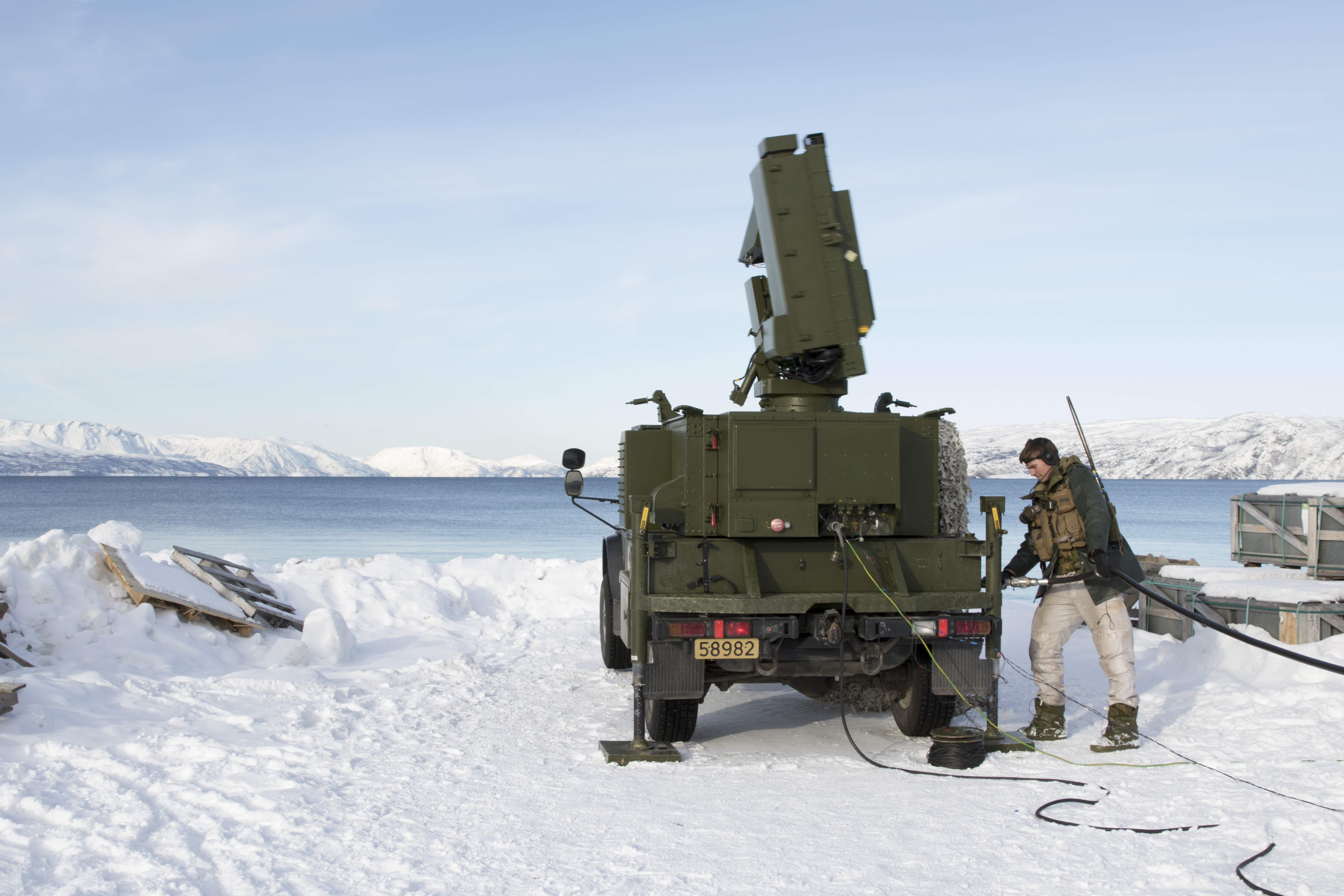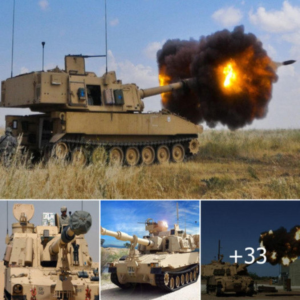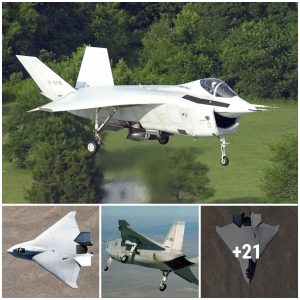
Enhancing Multi-Domain Operations: U.S. Army’s Mid-Range Capability System
The evolution of military technology and strategy continues to shape the landscape of modern warfare, and the United States Army stands at the forefront of these advancements. A pivotal development in this pursuit is the Mid-Range Capability (MRC) system, representing a significant stride towards bolstering multi-domain operations and enhancing the nation’s defense capabilities.
Originally under the purview of the Rapid Capabilities and Critical Technologies Office, the responsibility for the MRC has now transitioned to the Program Executive Office Missiles and Space, signifying a strategic realignment aimed at optimizing operational effectiveness. This shift underscores the Army’s commitment to adaptability and responsiveness in meeting evolving threats.
The MRC stands as a testament to rapid innovation and collaborative effort, with the delivery of Battery 1 in FY 2023 marking a pivotal milestone. Comprising a sophisticated array of components including a Battery Operations Center, Federated Command and Control, Vertical Launch System, and utilizing the Navy’s SM-6 and Tomahawk missiles, the MRC is designed to provide land-based, ground-launched capabilities tailored to counter specific threats across multiple domains.

Operationalizing the MRC in 2023 represented the culmination of rigorous testing, comprehensive training, and meticulous planning. Brigadier General Frank Lozano of the Program Executive Office Missiles and Space expressed gratitude to the dedicated teams across the Department of Defense, joint services, and industry partners whose collective efforts brought the MRC from concept to reality with remarkable speed and efficiency.
Looking ahead, the Army envisions a future where the MRC becomes an integral component of strategic fires battalions within multi-domain task forces. The prototype design, featuring four launchers and a centralized control center, underscores the system’s scalability and adaptability to diverse operational environments.

Crucially, the collaborative nature of the MRC’s development ensures that it is not merely a product of technological innovation, but a reflection of the insights and expertise of the soldiers who will ultimately wield it in defense of the nation. Their contributions to design and testing underscore the Army’s commitment to equipping its personnel with cutting-edge tools and capabilities.
The successful launch of the Tomahawk missile from the MRC prototype system in June 2023 served as a compelling demonstration of its operational potential. With the ability to strike targets from a distance of 1,000 miles and adapt its trajectory mid-flight, the Tomahawk represents a formidable asset in the Army’s arsenal, bolstering its long-range precision fires capability.

In an era defined by the convergence of emerging threats and rapidly evolving technologies, the MRC system stands as a beacon of innovation and readiness. By embracing the imperatives of joint, multi-domain operations and leveraging the latest advancements in missile technology, the United States Army reaffirms its commitment to safeguarding national security and preserving peace through strength.





